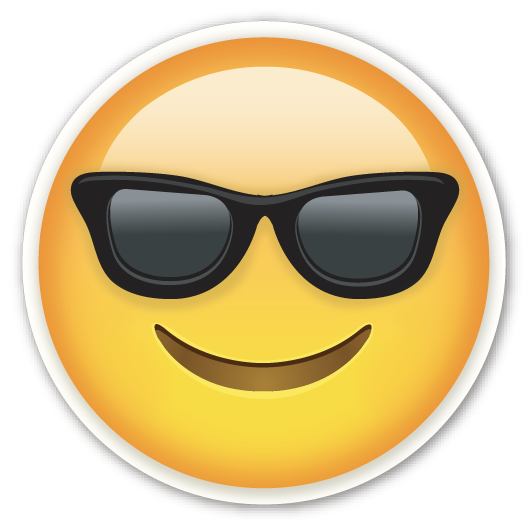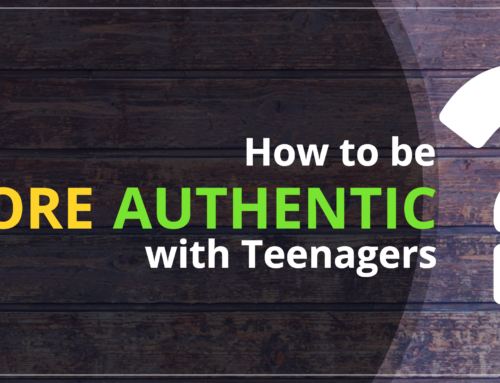Every year Oxford Dictionary issues a “word of the year.”
It’s no surprise that this year, its not a word.
It’s an emoji.
We have become a visual people.
This is especially true for teens.
A few weeks ago, I suggested speaking 50% less when talking to your teen.
But what do you say in the other 50%?
Over 90% of information that is retained in the brain is visual. So if we want teens to remember what we tell them we need to make our language more visual.
Use relevant metaphors to convey essential points.
Here are just two examples of metaphors being used to convey a message:
“You know how when your coach says ‘the quarterback throws the football during a game? Its usually in a tight spiral. Why do you think that is? Is because when it flies and moves in that way it can go further. That’s how it was designed. The same goes for you and me. We were designed a certain way and if we want to go as far as we can, we need to live and move in certain ways. We weren’t designed to drink alcohol during our teen years because it interferes with our brain’s growth. As a result if we do it enough, we’ll never go as far as we can go in life.”
This albeit, overly simplistic metaphor conveys a message that will be remembered every time that teen sees a football. They may even replay the football flying over and over in their head mulling over what you said, even if they resist or roll their eyes while you’re saying it! Just because they give you “that look” or moan and groan, doesn’t mean it didn’t sink in. Using metaphors increases your ability to effectively reach and teach them exponentially.
Tell brief stories that are not about you.
Its totally fine to use stories from your life to illustrate points to your teen. But those once eager children who pined for every last bit of biographical data from you have grown up into jaded teens who aren’t as moved, impressed or cajoled by tales of your youth. You can still use them, just do it sparingly so they can be most effective.
You should however, always be thinking about stories you can tell from the lives of other people These might be people you know, or don’t know. They should be people the teen can relate to, knows or would find relevant. Stories about people who you currently look up to might not be effective with your teen. Find out who they like, listen to, watch, look up to, follow and try to find stories about them and their lives.
Write it down.
I’ve noticed in the last year how powerful this has been in helping me counsel teens. I used to use a sketch pad, but have put up a 4’x8′ whiteboard in my office and it works ten times better. You can do this a number of ways in casual conversation, but the simplist might be to get a sheet of paper. Sit with your teen or stand with them against a counter and write down the topic you’re discussing. You might even draw stick figures of you and the teen with the topic in the middle. I know this will feel really awkward at first. But it works, trust me.
It works not only because its given a visual to the abstract issue, but because it also objectifies the problem. When you’re both facing the piece of paper and pointing to the word that’s the problem, the teen is less resistant because the problem is not “in them” or they themselves are not the problem. The problem is on the paper! So if the problem is that the teen has done something to break your trust, you draw you and them with the word trust in between. You could say something like “Hmmm…what do you think we can do to reestablish or rebuild trust between us?” The teen will say “I dunno” which you should hear as “give me more time to think.” You can say “Hmmm.” After about ten seconds they’ll say something while looking at the paper, and you write that down. There are countless variations using this tool, but you get the point.
What are some metaphors or other tools you’ve used to make your language more visual?
I’d love to hear them! Email me at roypetitfils@yahoo.com






